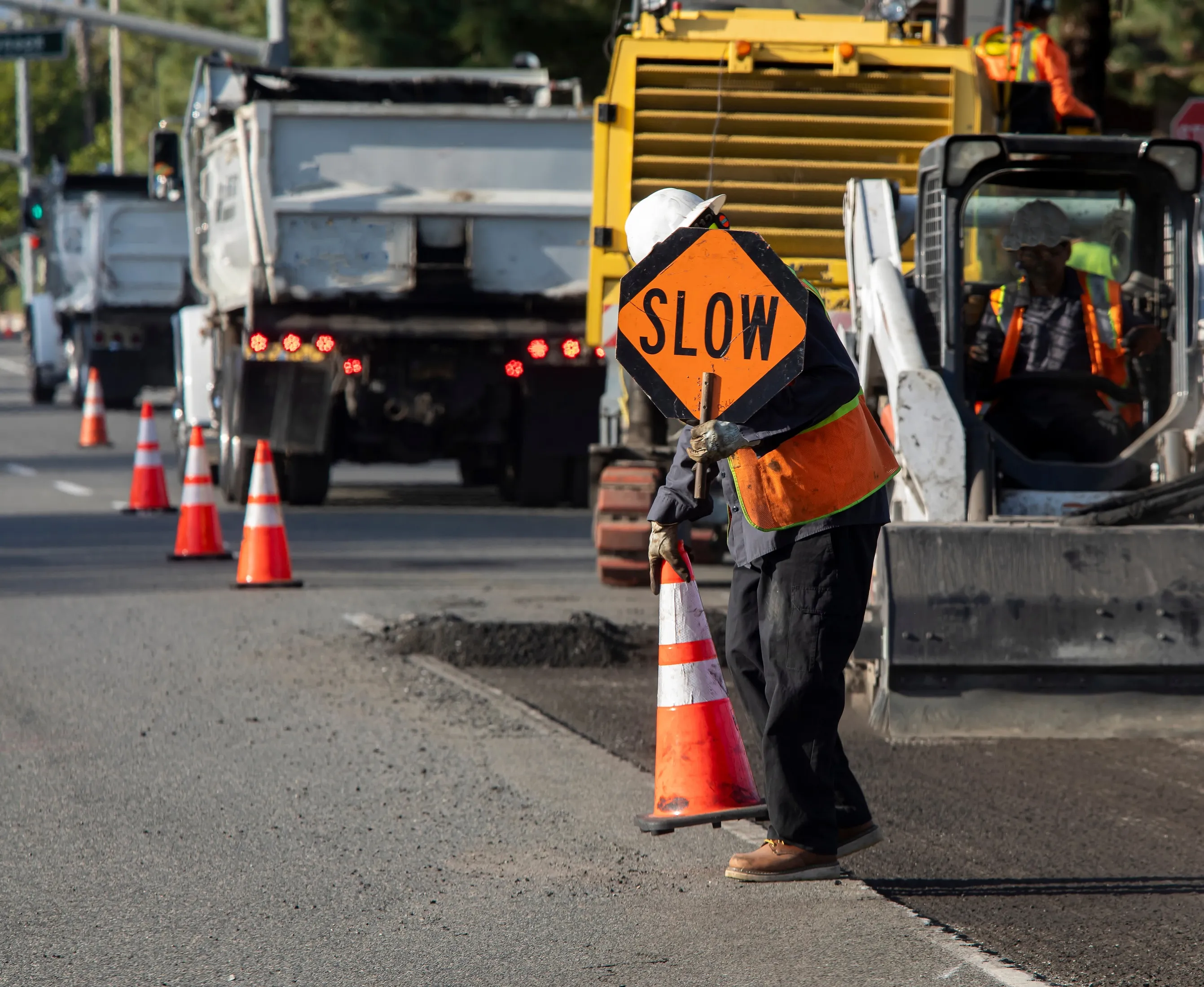Driving through a road construction zone usually involves obeying flashing signs or traffic signals. Japan has another answer to moving motorists through a road construction zone –battery powered robots.
Called Anzen Taro, which roughly translates to ‘Safety Sam’, the dead-eyed entities range from electronic cartoons to crude scarecrows and disembodied torsos and are used to control traffic around government-funded construction sites in Japan. Their complexity varies from a simple metal plate to clothed
January 29, 2014
Read time: 1 min
Driving through a road construction zone usually involves obeying flashing signs or traffic signals. Japan has another answer to moving motorists through a road construction zone –battery powered robots.
Called Anzen Taro, which roughly translates to ‘Safety Sam’, the dead-eyed entities range from electronic cartoons to crude scarecrows and disembodied torsos and are used to control traffic around government-funded construction sites in Japan. Their complexity varies from a simple metal plate to clothed mannequins, all with a robotic arm to direct traffic.
Called Anzen Taro, which roughly translates to ‘Safety Sam’, the dead-eyed entities range from electronic cartoons to crude scarecrows and disembodied torsos and are used to control traffic around government-funded construction sites in Japan. Their complexity varies from a simple metal plate to clothed mannequins, all with a robotic arm to direct traffic.










